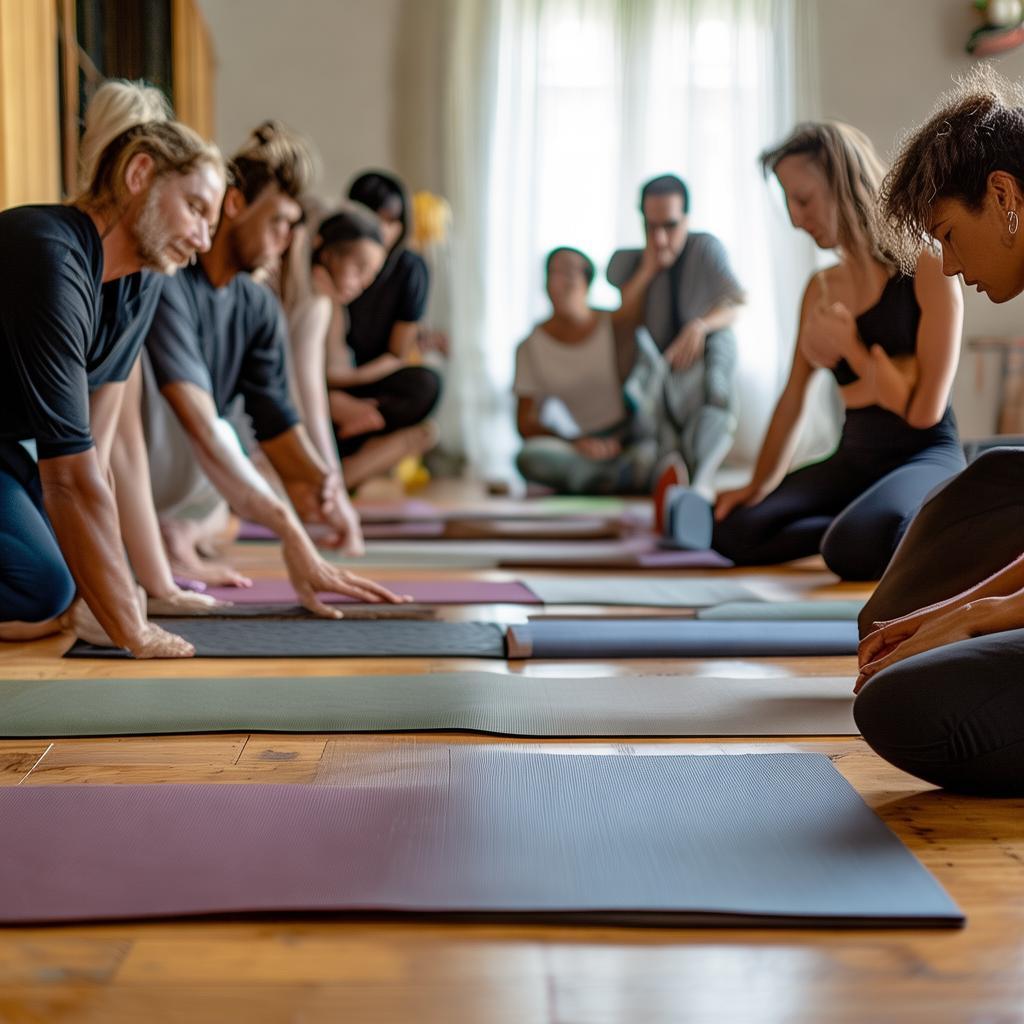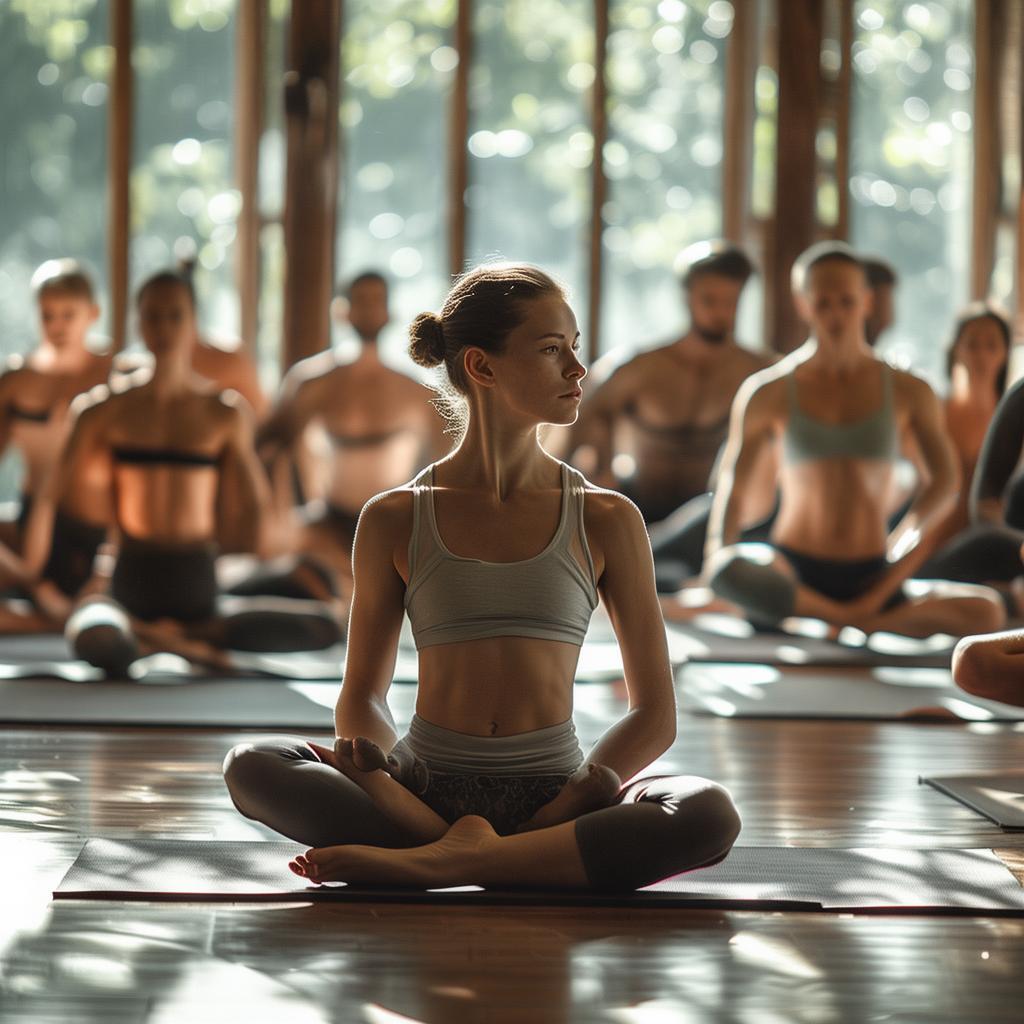Yoga Mat Thickness: What’s the Optimal Choice?
Practicing yoga brings numerous benefits to our bodies. However, a yoga mat is an essential companion for yoga – lovers, and the market is flooded with a wide variety of them. When it comes to the thickness of a yoga mat, it varies depending on different situations.
For those who are just starting out in yoga, a thicker mat, like one that is 6mm thick, is often a good choice to prevent sports – related injuries. But one shouldn’t over – compensate by choosing an overly thick mat. An extremely thick mat can lead to a loss of balance and unstable center of gravity during practice, potentially causing sprained feet. If you have some yoga foundation, a mat with a thickness of about 3.5mm – 5mm would be appropriate. Advanced yoga enthusiasts and professional yogis usually prefer yoga mats with a thickness of 1.5 – 4mm.
Personal needs also play a role. If you are learning yoga for softness training and spend most of the time sitting on the mat, a thicker and softer mat will offer more comfort. Conversely, for power yoga or ashtanga yoga that mainly involves jumping, the mat should not be too thick and must have higher anti – slip requirements.
Yoga Mat Materials: NBR or TPE?
TPE is considered a high – end material for yoga mats. It contains no chlorinated substances or metal elements and is anti – static. Each TPE mat weighs about 1200 grams, which is about 300 grams lighter than a PVC foam mat, making it more convenient to carry. TPE mats are soft, comfortable, and have a strong grip, ensuring stability on any surface.
The advantages of TPE mats are numerous. They are lightweight, easy to carry, easy to clean, and have excellent anti – slip performance in both wet and dry conditions. Moreover, TPE – material mats are pure and odorless. In contrast, most PVC foam mats have a smell due to the production process and cost – related factors, and it’s difficult to get rid of this smell. Even if some products seem odorless, it doesn’t mean that their composition is free of harmful substances, unless they have passed various tests according to export product standards.
Myth: The Thicker the Yoga Mat, the Better
Many beginners have the misconception that the thicker the yoga mat, the better, mainly to prevent falls. In reality, this idea is incorrect because the elasticity of a yoga mat doesn’t depend on its thickness. The main function of a yoga mat is to protect the body from being squeezed when in contact with the ground, so elasticity is crucial. For example, a 3mm TPE yoga mat has better elasticity than a 6mm PVC yoga mat. And for yoga mats of the same material, a thicker one generally has relatively better elasticity.
When purchasing yoga mats, people may notice that for mats of the same material, the price can vary significantly depending on the thickness. For instance, under the same quality conditions, a 6mm – thick PVC yoga mat has better elasticity than a 5mm one. The most suitable thickness for beginners is 6mm, which is also the international standard. This thickness has been widely accepted around the world after a series of tests. So, those who are new to yoga are advised to choose a 6mm yoga mat.
To Wash or Not to Wash Your Yoga Mat?
Yoga mats should be washed. However, PVC – made yoga mats may leave residues when washed with detergent and should not be exposed to the sun. After washing, never place the mat under strong sunlight, as this can cause it to crack and peel. When not in use, it’s recommended to roll up and tie the mat instead of folding it.
To maintain hygiene, washing the yoga mat once every two weeks is a good idea. Some cleanliness – conscious women may be used to washing it after each use, but this is not necessary. Over – cleaning can wash away the anti – slip patterns on the mat’s surface, reducing its anti – slip ability. Also, avoid using hard brushes to clean the mat, as this can damage the surface film and make it fluffy.





